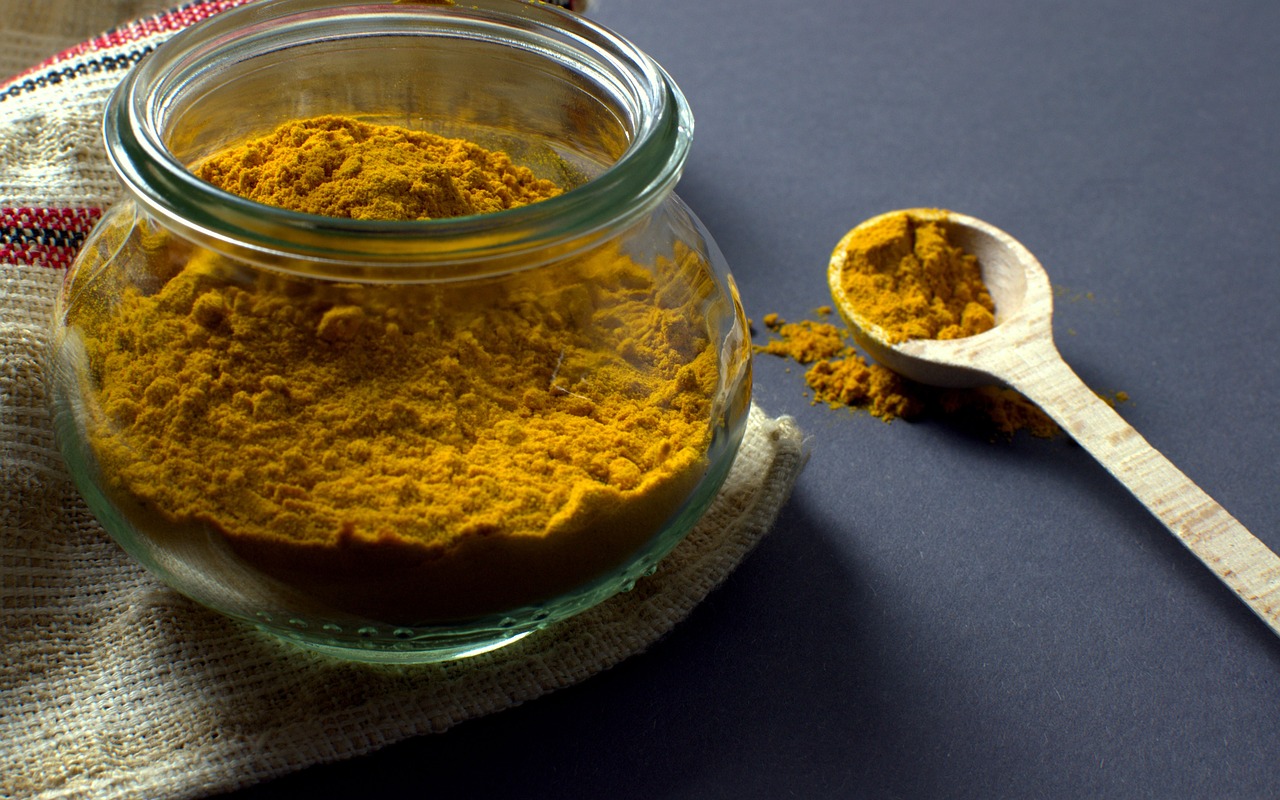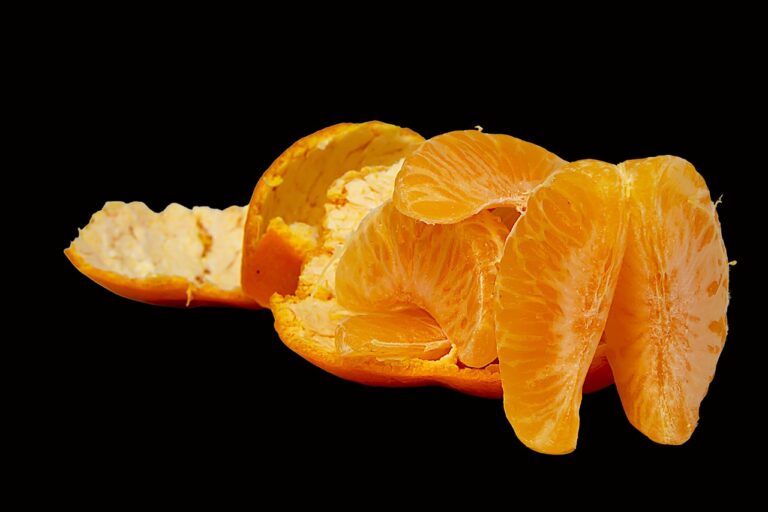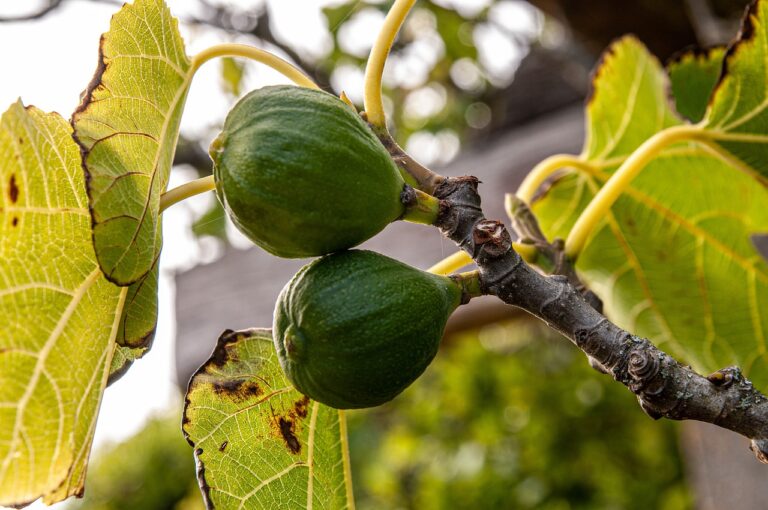The Intersection of Food and Ayurveda
In Ayurveda, food is considered more than just physical nourishment; it is seen as a key component in maintaining balance and harmony within the body. According to Ayurvedic principles, food possesses distinct qualities that either align or disrupt the balance of the doshas – Vata, Pitta, and Kapha. By understanding these qualities, individuals can make conscious choices about what to eat to support their overall well-being.
Each dosha is influenced by specific tastes, temperatures, and textures. For example, Vata is associated with qualities like dry, light, cold, rough, and mobile, while Pitta is linked to qualities such as hot, sharp, light, oily, and intense. Kapha, on the other hand, is characterized by heavy, slow, cool, oily, and smooth qualities. By consuming foods that balance the dominant dosha or pacify any aggravated doshas, individuals can prevent imbalances and maintain health in accordance with Ayurvedic teachings.
Understanding Doshas in Relation to Food
Each individual possesses a unique constitution according to Ayurveda, determined by the balance of the three doshas: Vata, Pitta, and Kapha. These doshas govern various bodily functions and traits, influencing how we respond to different types of food. An understanding of one’s predominant dosha can guide dietary choices to promote balance and well-being.
For individuals with a dominant Vata dosha, incorporating warming, grounding foods such as root vegetables, whole grains, and cooked meals can help balance their airy and light nature. Pitta types, characterized by fire and intensity, benefit from cooling foods like cucumber, mint, and coconut to pacify their heat and support digestion. Kapha individuals, with a grounding and stabilizing energy, thrive on light, spicy foods and astringent tastes to counter their tendency towards heaviness and stagnation. By aligning their diet with their dosha, individuals can harmonize their inner equilibrium and enhance their overall health.







